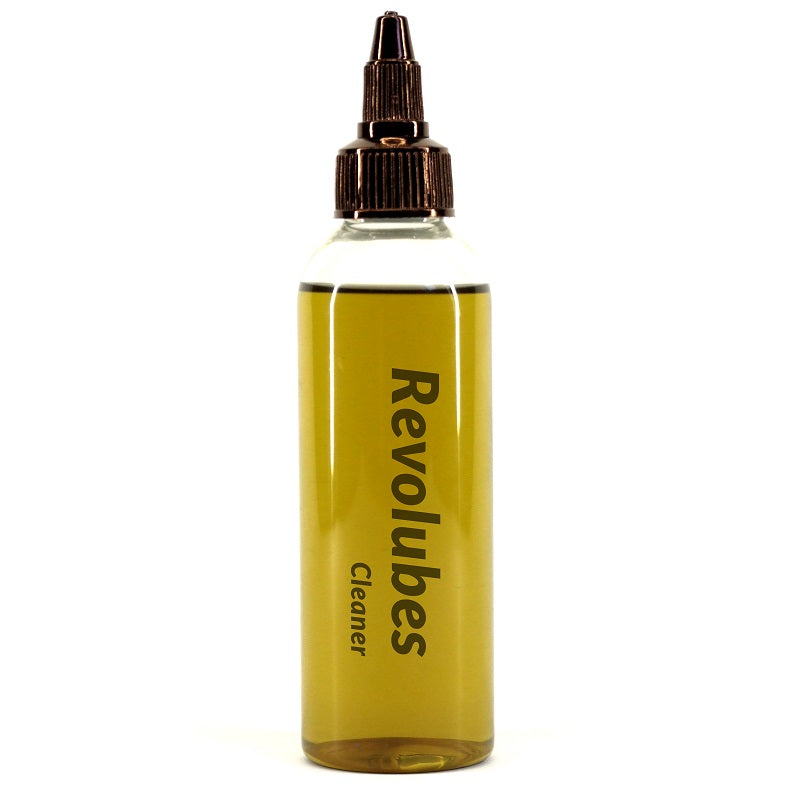ZFC SAL test brief
The ZFC's Single Application Longevity Test (SAL), aims to determine real world's distance ridden with a single lubricant's application. The test is in fact 3 separate tests to cover the main questions being received by ZFC and manufacturers with regard to how long their lubricant will last in various conditions – this gives consumers a better idea if the lubricant will be suitable for a particular event.
Full test brief available here.
Test Sequences:
Part 1 – Clean – This test is a good indication of longevity for dry road races.
The chain is cleaned from factory grease, and lubricant is applied ULTRASONICALLY. Check measures are completed every 150km. Test runs 100km of flat simulation and 50km of hill simulation. Part 1 test concludes when chain has worn 0.1mm from net start measure.
Part 2 – Dry Contamination – This test is a good indication of a lubricant’s performance for gravel events and dry MTB events.
The chain is re lubricated via ultrasonic application, and follows the same test protocol as in part 1, however 5 grams of contamination is added at start as well as at end of every 150km hill & flat simulation set. Part 2 test concludes when the chain has worn 0.1mm from wear measure taken at the end of Part 1.
Part 3 – Extreme contamination - This test is a good indication of a lubricant’s performance in very harsh conditions, events such as very wet and muddy Gravel / MTB / CX racing.
The chain is ultrasonically cleaned and then lubricant ultrasonically applied. Same test protocol as per parts 1 & 2 however 1000ml of water and 10 grams of dry contamination added at start and at end of each 150km flat and hill simulation set. Part 3 test concludes when the chain has worn 0.1mm from wear measure taken at the end of Part 2.
Measuring chain wear - Chains are measured in 7 separate sections with digital chain checker accurate to 0.01mm. The average of the 7 measures is used to determine the wear measure for that check. Chains are checked initially after being fully cleaned of factory grease to get an initial tolerance measure, and then wear is measured at the end of each block. 0.5mm is classed as 100% wear, so every 0.01mm is 2% wear.
It is possible that a chain may record a negative wear result if the thickness of a lubricant and any accumulated contamination is greater than any net wear of the chain in that block, as the initial tolerance check is done on a perfectly clean chain. A maximum variance of 0.15mm between highest and lowest measure is allowed, above which the test is considered invalid due to uneven wear performance of the chain.
The total wear recorded for a given measure checkpoint will be the average of the 7 measures, so variances within this range will have little overall impact to the average, giving us a very accurate start, finish, and checkpoint measures for each chain during the test.
Contamination – Sandy loam is used as this is a good mix of sand, silt, and clay. Contamination will also be introduced both dry and wet at determined intervals vs just wet, as different lubricants handle dry or wet contamination with varying ability.
Flat vs Hill Simulations – The chains run on a calibrated smart trainer (Tacx Flux) at alternating intervals to simulate flat riding and hill climb. If just run on the flat all the time, the km’s clock up too quickly. Most riders ride up hills to some degree so having intervals where the chain is still subjected to 250w load, but km’s clocking up slowly delivers an overall average speed for the test of around 29km/h.
It also allows rotating through more cogs on the cassette and between small and big chain rings for longer wear rates on test components. Flat simulation intervals will be on cogs 4, 5 and 6 on large chain ring. Hill simulation will be on cogs 1,2 and 3 on small chain ring.
Results interpretation - Despite the test being 250w, which is greater than most average training rides, the smooth nature of the machine run seems to deliver much longer treatment lifespans vs real riding where the sinusoidal loading of pedalling action delivers much greater peak forces even for the same avg. power, and the environment - like riding your ergo - has less airborne contamination.
Therefore, ZFC suggests real world results treatment lifespan at approx. 1/3rd of wear jump point km's attained on test machine. Note ZFC is always conservative regarding treatment lifespans - real world results will vary depending on your power, riding style, environment - conservative estimate is best as a guide just in case.

